Posts on Happily Homegrown contain affiliate links. When you make a purchase through an affiliate link, your price will be the same, but Happily Homegrown will receive a small commission. Thank you for your support!

I have a quarter-acre property, and by the time we implement our garden plan, we will have 21 fruit trees! Can you imagine being able to grow your own fruits at home? I have quite a few friends who are also growing fruit trees now and more that are looking into it for their properties. Whether you want to grow apples, peaches, pawpaws, or oranges, there are a few things you need to consider when selecting fruit trees to your garden.
The first step is knowing what will grow in your zone. If you live in eastern Pennsylvania as I do, you can’t grow plants that are accustom to growing in Georgia. They just won’t be happy and productive here. And that goes for everything in your garden, not just fruit trees.
After that, there are five main things to consider specific to growing fruit trees on your property.
Size Matters
Be aware of the size of your fruit trees! For most home gardeners, you will want
Dwarf trees are the smallest, typically growing to a height of 8′-10′. If you have limited space, dwarf trees can be grown successfully in containers, which means even if you live in an apartment, you can grow a fruit tree on your patio!
Semi-Dwarf trees are the next size and typically grow to a height of 12′-15′. These are the perfect size for most yards, and if you are limited on space, you can still grow them in containers. The average semi-dwarf fruit tree will produce almost twice as much fruit as a dwarf tree without taking up much more space.
Standard trees are the largest fruit trees and are the only ones that are not grafted. They are on their own original

Variety
Grow what you like to eat. This may sound like a given, but unlike growing a new veggie as an experiment, when you plant a fruit tree you are going to have it for years, possibly decades! A full-grown tree will produce a lot of fruit, and you don’t want to be stuck with something you don’t like and won’t enjoy. If you need to have a pollinator, select a pollinator variety that you also enjoy. Most fruit trees have more than one variety that will work as the pollinator, so you have lots of choices!
Pollinators Needed
Consider the pollinators needed, and I’m not talking about bees. Many fruit trees need to have a second tree as a pollinator in order to produce fruit. Some fruit trees are sterile and require a pollinator, but don’t pollinate anything else in return. As a very general rule of thumb, stone fruits and tart cherries are self-fertile, where fruits that have a core and sweet cherries require a pollinator. I use the guides on Stark Brothers to select my tree varieties and find out what pollinators they need before I shop.
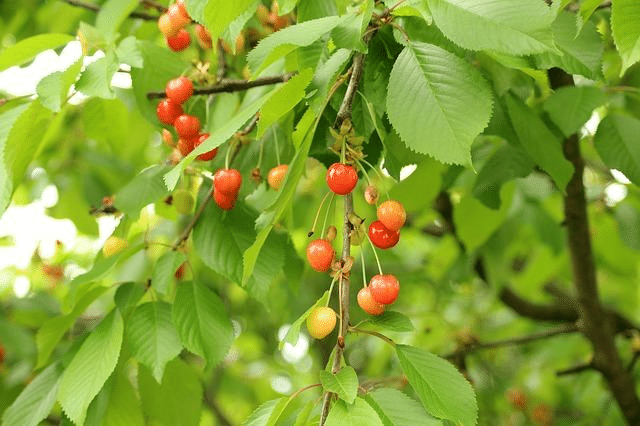
What about multi-graft trees?
I prefer trees that, at most, have 2 grafts. A graft is where the original tree is spliced together with another tree. This is how you get dwarf & semi-dwarf trees (single graft), but it’s also how you get trees that grow multiple varieties of fruits on a single tree. If you purchase a fruit tree that has 2 varieties, the two varieties will pollinate each other so you will only need 1 tree instead of two to produce fruit, which is great if you are limited on space. However, “fruit cocktail” trees that have 5 or more fruits on a single tree are much more of a challenge to grow, are only available as bare-root, and often receive poor reviews because they don’t grow or produce as well.
Where should I buy my fruit trees?
You have a lot of options on where to shop – Lowe’s & Home Depot, privately owned nurseries, or even mail-order catalogs. I recommend going where you can shop in person and purchase a potted tree vs online where you get a bare-root tree.
Bare-root trees cost about the same amount as a potted tree, but they take 3-5 years before they begin producing fruit. A potted tree can start producing fruit by the second year.
When purchasing a potted tree, look for bright green leaves, and a tree that has a nice shape that won’t require pruning right away. Avoid trees that are weeping sap, or have bug-eaten leaves as you don’t want to bring that pest home with you. If you purchase a potted tree before it has

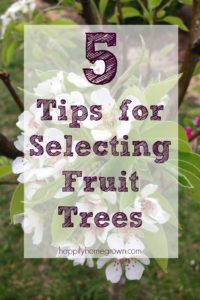
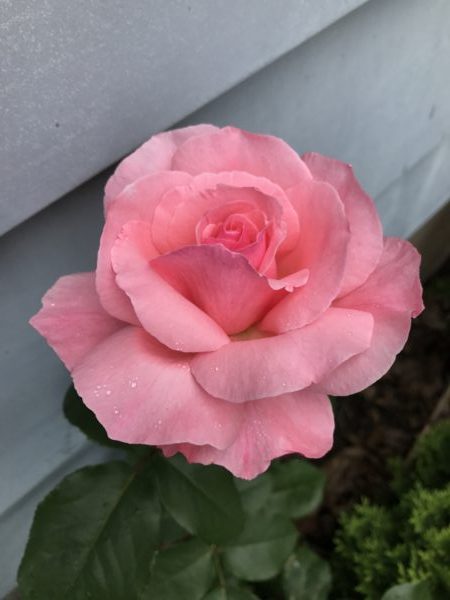
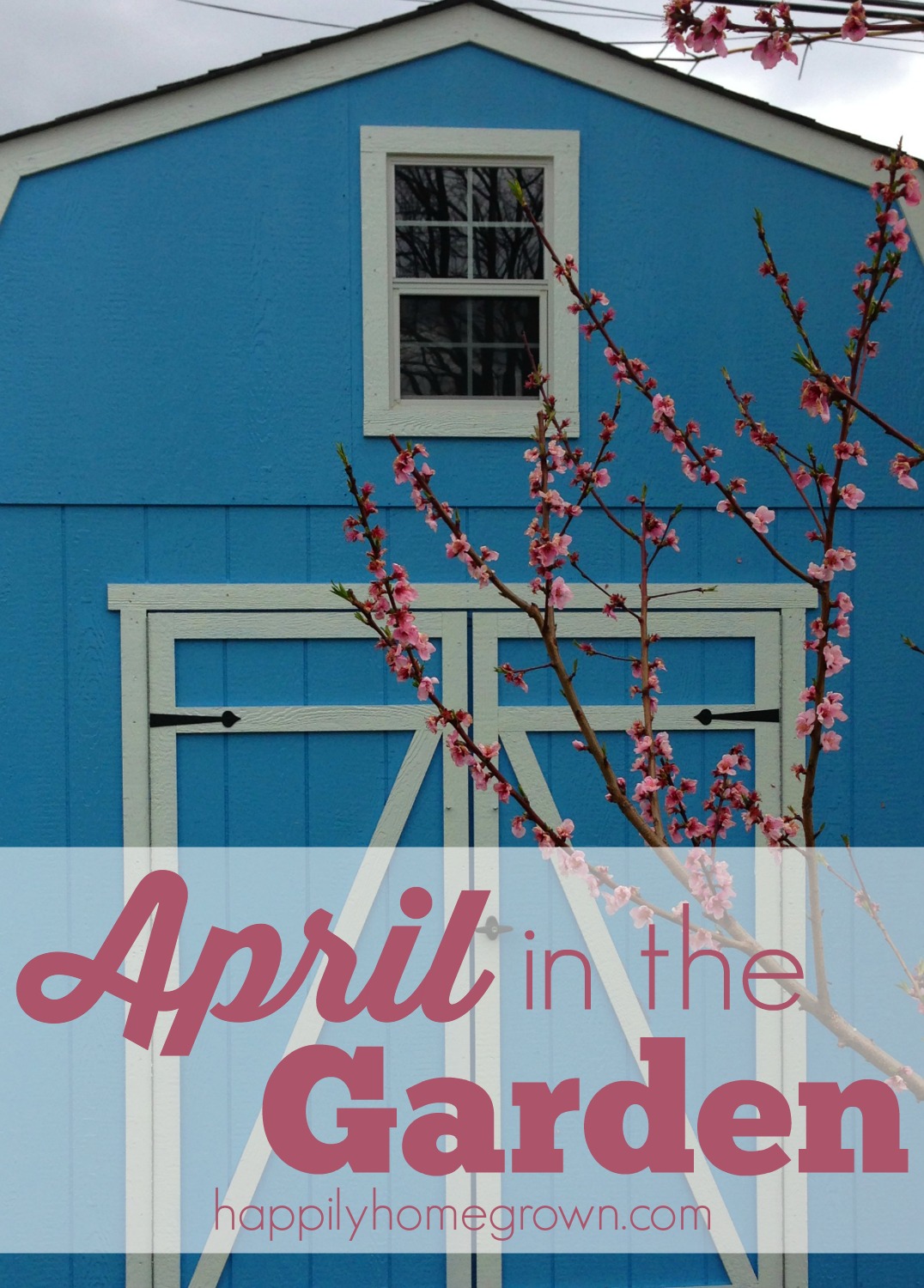

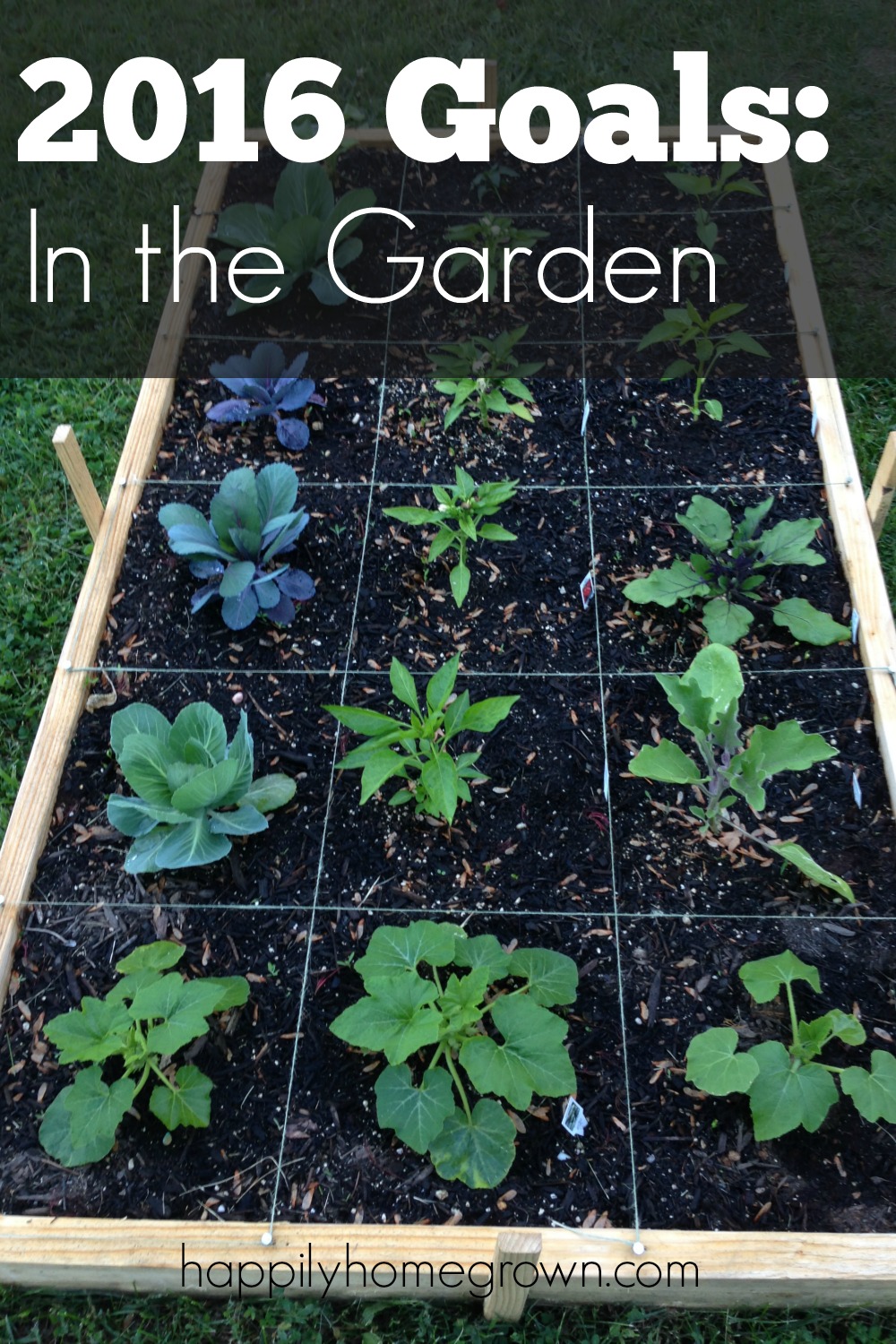
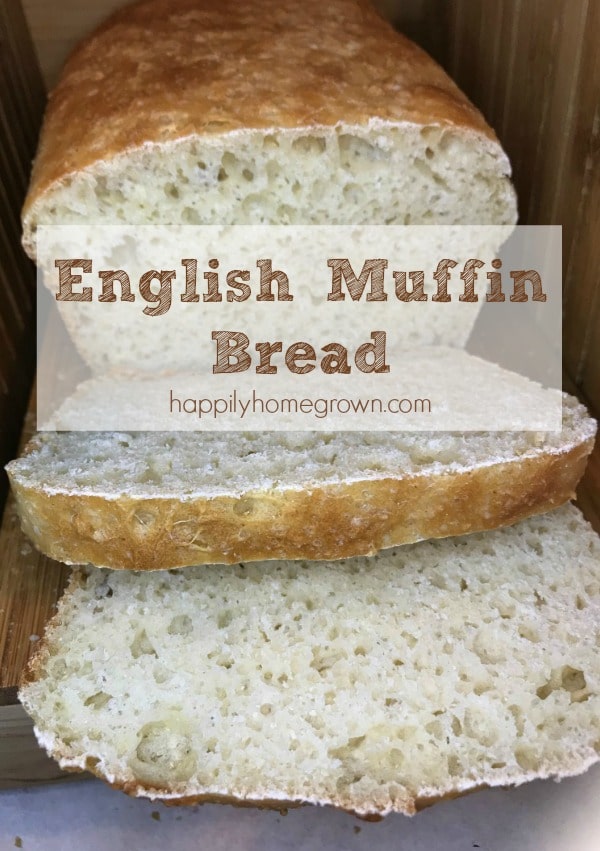 English Muffin Bread Recipe
English Muffin Bread Recipe
Great list. Growing a tree sounds so intimidating, it’s nice to have some practical advice.
One thing I would suggest is to purchase from a nursery that sells trees grown in your zone or one zone colder. Trees that are grown in southern states may not survive your winters. This is if you are in a northern state. 🙂
Great list!
YES! I know so many people who think that the peach tree they purchased from a place in Georgia will grow well in Pennsylvania. Then they are surprised when it doesn’t! Us northerners (ok, midAtlantic states) people know we can’t grow citrus outdoors, but when looking at other fruit trees they don’t make the same connection.
Yep…I used to work in the nursery industry and many of the plants sold at northern nurseries are grown in the south now…plants get big faster in longer growing seasons. But that doesn’ mean they do well up here!
Looking forward to adding fruit trees to our next home! thanks for the tips!
Hi Stephanie,
Lots of great information here. We tried to grow white peaches when we first moved to our home over 25 years ago and thought we had done all the right things. Made sure we had a female and male tree. The one died in about 2 years and then the other died the year after that. It’s not easy trying to grow fruit trees. especially with all the pest. Good luck with yours and I hope you get an abundance of fruits and produce from them.
With dreams of putting in our own orchard this fall, this is a timely post for me to read. Now I can order my trees and feel secure that I am ordering the right ones!
We are adding more anymore fruit trees every year. I really like the dwarf trees for all the reasons you said.
I enjoyed reading about your plan and the tips and tricks for choosing and growing fruit trees. Amazing how much you can fit into a quarter acre!
I’m glad you shared this week on our Encouraging Hearts & Home blog hop!
This is a really good read for me and all online tree nursery. Thanks for posting this informative article.
I thought you made a great point that you should grow the fruits you like eating, especially since fully grown trees grow a great amount of fruit. My parents recently retired and are wanting to take up gardening as a hobby. They’d love to grow peach trees, so I hope they can find a wholesale tree nursery to help them get started.
Hope they enjoy their retirement and their homegrown peaches in the future.